
Finance
How to Finance your Bathroom Remodel in Chicago
04.15.2025
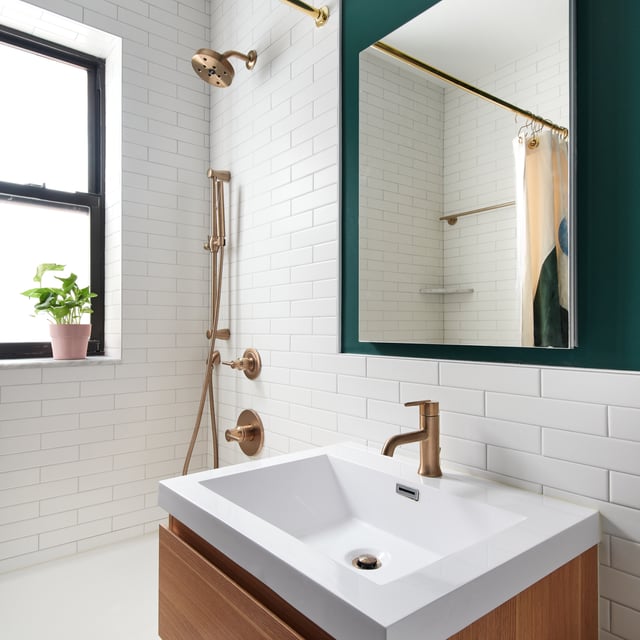
In This Article
Remodeling your bathroom without blowing your budget might sound as realistic as finding a self-cleaning toilet, but it's absolutely possible. The trick? Knowing where to save, where to splurge, and how to avoid common pitfalls—like thinking "budget-friendly" means your bathroom has to look like a gas station restroom. Spoiler: It doesn't.
A lot of people assume that a cost-conscious remodel means sacrificing style or quality, but that's just not true. You don't have to settle for a sad little pedestal sink and fluorescent lighting. With smart planning, a few strategic upgrades, and a little creativity, you can give your bathroom a serious glow-up without draining your savings.
This guide will walk you through how to maximize your dollars, which upgrades pack the biggest punch, and the sneaky costs to watch out for. Because your dream bathroom shouldn't come with a nightmare price tag. Let's get started!
Let's be honest—bathroom remodels have a sneaky way of getting out of control. One minute, you're just looking to swap out a faucet, and the next, you're deep in a tile debate that somehow costs as much as a small car. The key to avoiding budget-induced regret? A solid plan that keeps costs in check while still delivering a bathroom that doesn't look like it belongs in a college dorm.
Before you start picking out fancy fixtures and debating the merits of rainfall vs. handheld showerheads, it helps to know what you're getting into. Bathroom remodels vary wildly in cost, depending on how extensive the changes are:
The biggest budget-eaters? Labor, plumbing, and tile. If you're moving plumbing around or going full marble, expect costs to climb fast.
Setting a budget starts with a reality check—how much can you comfortably spend without having to survive on ramen for the next year? Consider these factors:
Once you've factored these in, set a realistic budget range. Give yourself some wiggle room (because unexpected costs will happen), but also set a firm max number to avoid things spiraling into "oops, we just spent $5,000 on fancy sconces" territory.
Now, let's talk strategy. Not every upgrade is worth the splurge—some things are worth investing in, while others are easy to save on.
If you have to cut costs, prioritize function over aesthetics. No one will notice if you have a budget-friendly backsplash, but they will notice a perpetually leaky sink.
With the right planning, you can remodel your bathroom without flushing your money away—literally.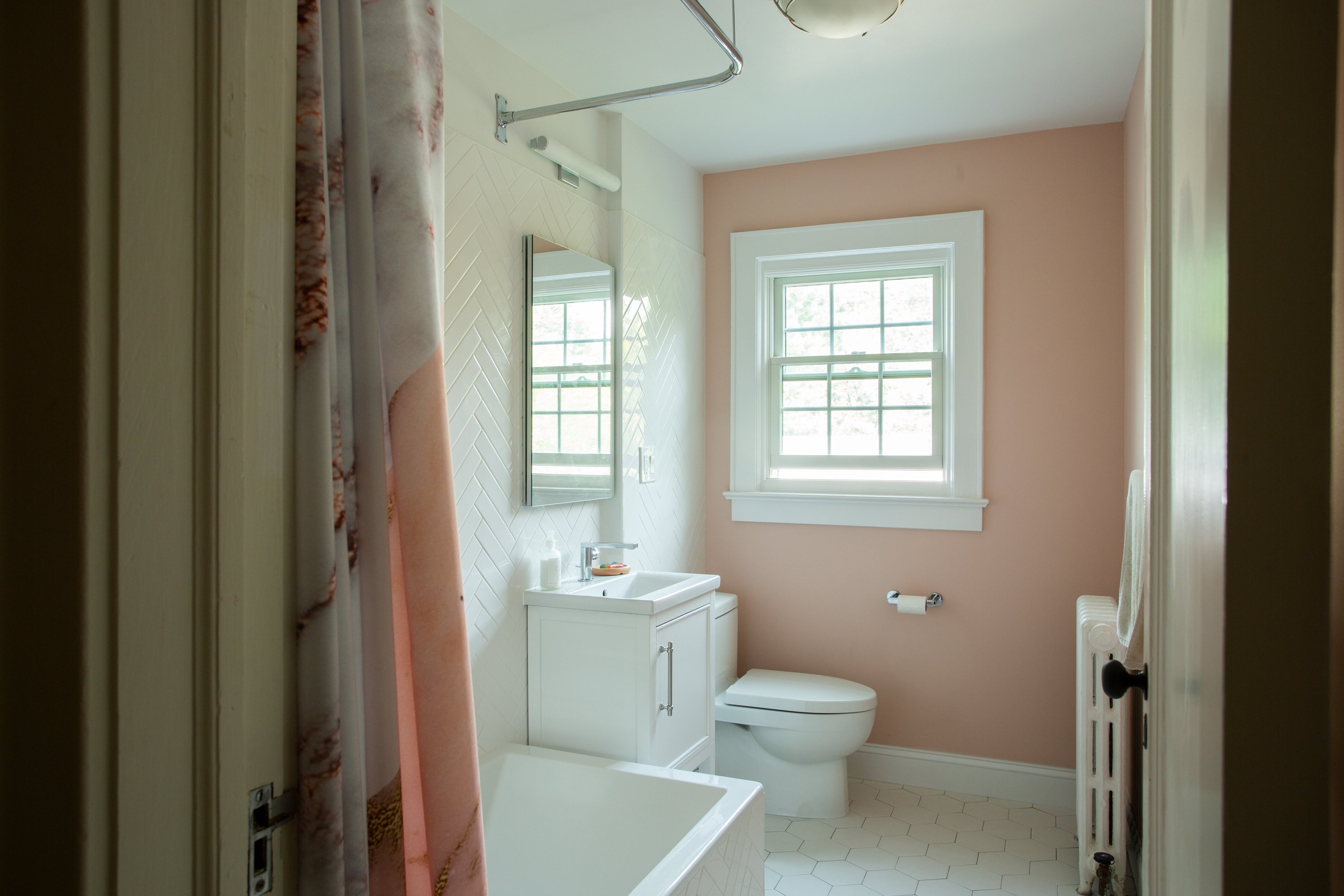
A bathroom remodel can quickly spiral from "just a few upgrades" to "how did I end up with a heated towel rack and an empty savings account?" The good news? You don't have to spend a fortune to make a big impact. The key is knowing where to focus your efforts, what to fix, and when to call in the pros.
Before you start demolishing anything, take a hard look at what actually needs fixing and what just needs a little love. Not everything has to be ripped out—some things can be refreshed for way less than a full replacement.
Identifying what stays and what goes is the first step to keeping your budget in check.
Learn More: What's the ROI of a Bathroom Renovation?
Not all upgrades are created equal. Some changes pack a serious punch without draining your bank account, while others cost a fortune and barely get noticed.
Prioritize the updates that will give you the most visual and functional impact for your money, and save the pricey custom features for another time.
Tempted to go full HGTV and do it all yourself? That's great—until you realize plumbing mistakes lead to very wet, very expensive regrets. Some tasks are totally DIY-friendly, while others are best left to the pros.
When hiring professionals, don't just go with the first name Google spits out. Ask for referrals, check reviews, and always get multiple quotes. And remember—cheaper isn't always better. A lowball bid might mean you end up paying more to fix mistakes later.
With the right plan, a few strategic upgrades, and some well-placed DIY effort, you can have a refreshed bathroom without drowning in costs—or grout dust.
Remodeling your bathroom on a budget doesn't mean you have to live in a sad, outdated space. With the right strategy, a little creativity, and a willingness to get your hands dirty (literally, if you're painting), you can give your bathroom a serious upgrade without flushing your savings down the drain. Here's how.
Swapping out old, crusty fixtures for sleek new ones is one of the easiest ways to make your bathroom feel brand new. That rusty faucet? Time to go. The outdated showerhead that barely trickles water? Upgrade it. Even cabinet handles can make a surprising difference.
Bathroom floors and walls can make or break the space, but replacing tile is expensive. Instead, try budget-friendly alternatives.
Ripping everything out and starting fresh is tempting, but it's also expensive. Instead, refresh what you already have.
Some of the most impactful changes are also the easiest to do yourself.
A cluttered bathroom feels smaller, so maximizing storage is key.
If you love a good DIY project, repurposing materials can save you money and give your bathroom character.
A budget-friendly remodel isn't just about upfront costs—it's about long-term savings, too.
The best remodels are well-timed and well-sourced.
Some jobs—like plumbing and electrical—shouldn't be DIYed. But hiring help doesn't have to break the bank.
Even budget remodels can go sideways if you're not careful.
With a little planning and creativity, you can give your bathroom a major glow-up—without major debt.
Learn More: Navigating the Phases and Timelines of a Bathroom Renovation
Remodeling your bathroom on a budget doesn't mean you have to suffer through a never-ending DIY disaster or settle for a sad, outdated space. The key is to start small—swap out that leaky faucet, refresh your grout, maybe even tackle a new paint color—and build from there. You don't have to do everything at once (unless you enjoy stress and living in a construction zone).
The big takeaways? Prioritize high-impact, low-cost upgrades, like updating fixtures and repainting cabinets, before splurging on fancy tile. Hunt for deals, whether at discount stores or salvage yards and don't underestimate the power of peel-and-stick solutions. If something's beyond your skill set (like electrical work—please don't DIY that), hire a pro, but always get multiple quotes.
Most importantly, set a firm budget and stick to it. Those "small" upgrades add up fast, and suddenly, you're trying to justify a $1,000 light fixture because it just ties the room together. Resist! A stylish, budget-friendly bathroom is totally doable—you just need a little creativity, some smart spending, and a reminder that no one actually needs a heated toilet seat (even if it sounds nice). Now, go forth and remodel wisely!
What is the most cost-effective way to remodel a bathroom?
How can I make my bathroom look modern on a budget?
Are there any hidden costs I should be aware of in a budget bathroom remodel?
What materials are both affordable and durable for a bathroom renovation?
How can I save money on labor costs when remodeling my bathroom?
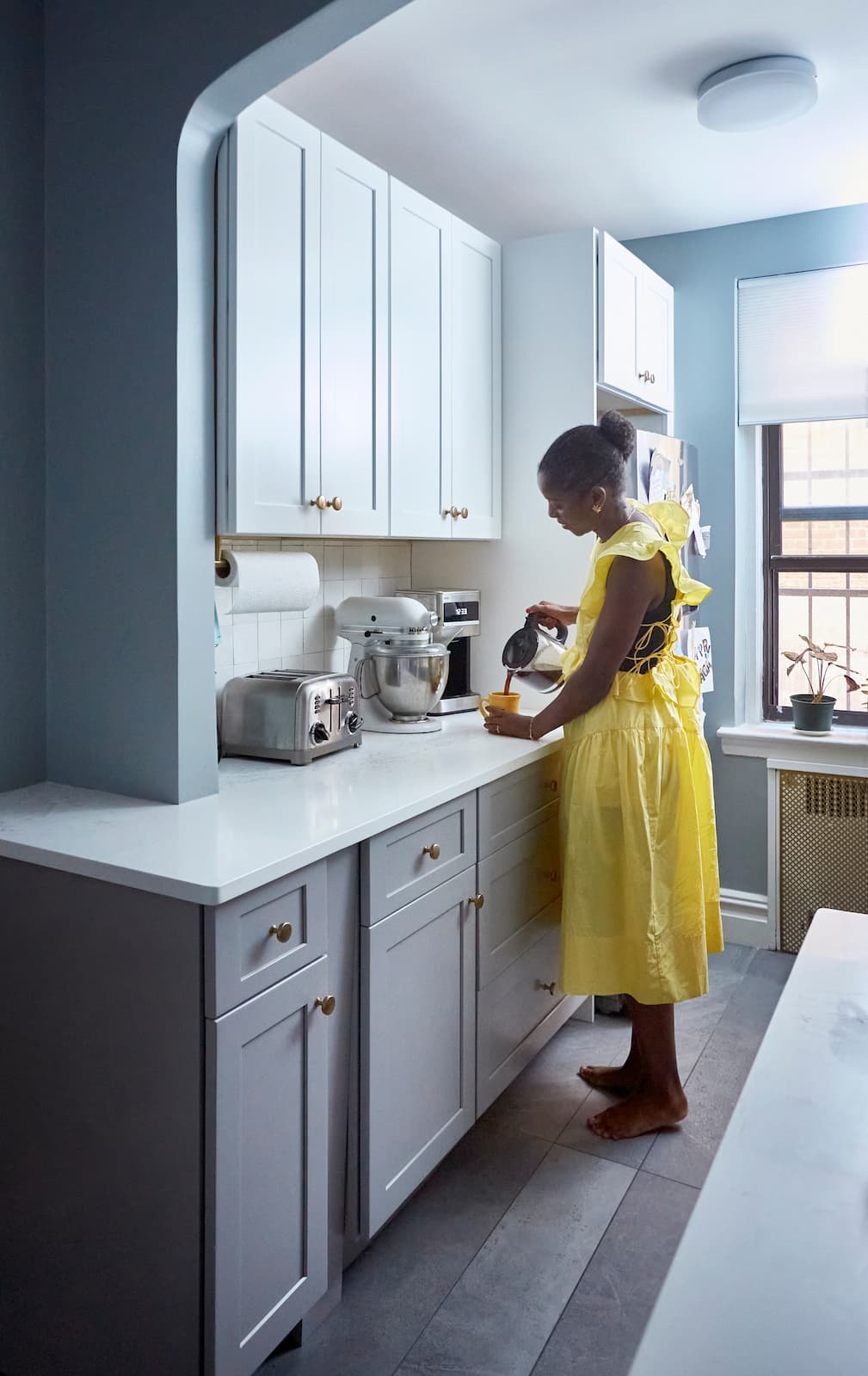
Renovate confidently with Block
Easily compare quotes from top quality contractors, and get peace of mind with warranty & price protections.
Thousands of homeowners have renovated with Block

4.5 Stars (100+)

4.7 Stars (100+)

4.5 Stars (75+)

Finance
How to Finance your Bathroom Remodel in Chicago
04.15.2025

Design
What is a Frameless Glass Shower Screen?
03.25.2025
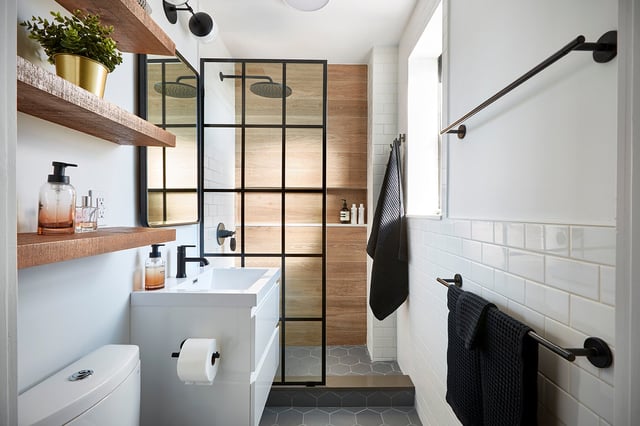
Finance
Ultimate Guide to Chicago Bathroom Financing
03.24.2025
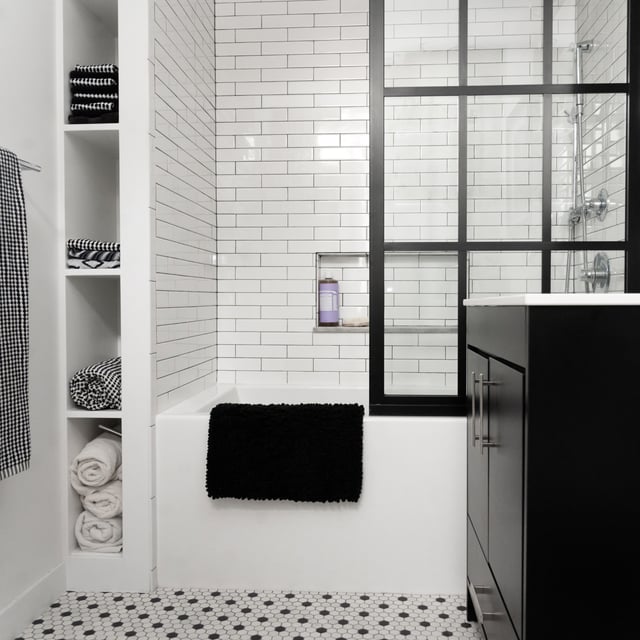
Remodeling
How to Finance a Bathroom Remodel in New Jersey
03.19.2025
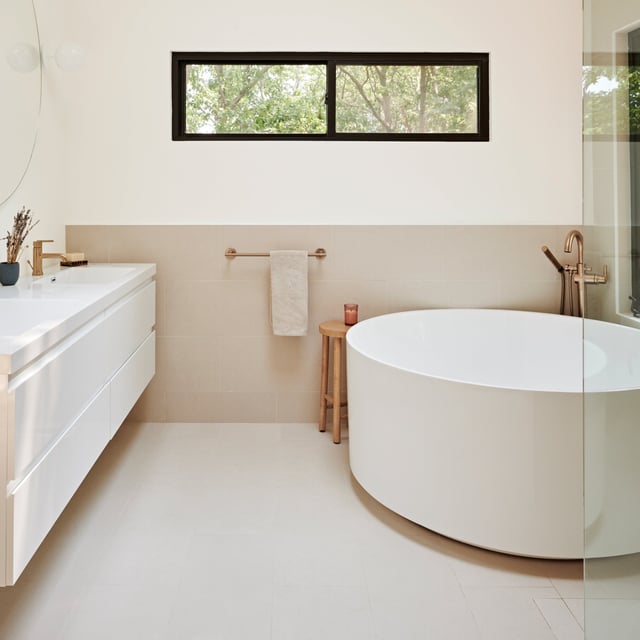
Cost
A Complete Guide to Bathroom Renovation Costs in Fairfield County (2025)
03.19.2025
Renovate confidently